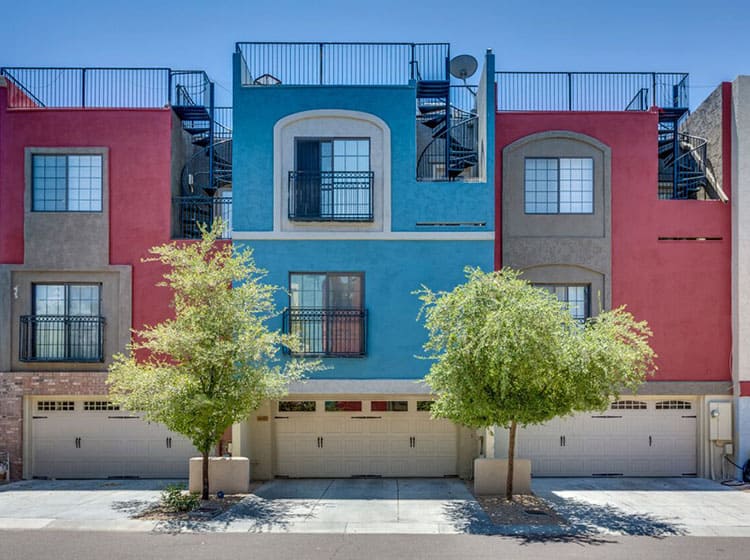Understand Exactly How Seasonal Conditions Impact The Success Of Business External Paint And Learn The Excellent Durations To Assure Lasting Outcomes For Your Task
Understand Exactly How Seasonal Conditions Impact The Success Of Business External Paint And Learn The Excellent Durations To Assure Lasting Outcomes For Your Task
Blog Article
Web Content By-Carlson Skafte
When you're intending an industrial outside paint task, seasonal elements can make or break your results. You'll wish to consider just how temperature and moisture impact paint application and drying times. Choosing the best season can ensure your paint adheres correctly and lasts longer. But which seasons are genuinely the very best for this type of job? Let's discover the key elements that can influence your job's success.
The Influence of Temperature on Paint Application
When you're planning a business external painting task, the temperature level can significantly influence exactly how well the paint adheres and dries.
Preferably, you intend to repaint when temperatures vary between 50 ° F and 85 ° F. If it's as well cool, the paint might not heal appropriately, causing problems like peeling or cracking.
On the other side, if it's too warm, the paint can dry as well rapidly, avoiding correct attachment and resulting in an uneven surface.
find more should likewise consider the time of day; early morning or late afternoon supplies cooler temperature levels, which can be much more favorable.
Always check house painter st. louis park for the details paint you're utilizing, as they often give advice on the ideal temperature level array for optimum results.
Moisture and Its Result on Drying Times
Temperature isn't the only ecological element that affects your industrial outside painting project; moisture plays a considerable duty also. High humidity degrees can decrease drying times substantially, impacting the overall top quality of your paint work.
When the air is filled with wetness, the paint takes longer to treat, which can cause issues like poor bond and a higher risk of mold growth. If you're painting on a particularly humid day, be prepared for extended delay times between layers.
chicago house painters to check regional climate condition and plan as necessary. Ideally, go for humidity degrees in between 40% and 70% for ideal drying out.
Keeping these factors in mind guarantees your task stays on track and provides a long-term coating.
Best Seasons for Commercial Outside Painting Projects
What's the most effective season for your industrial external painting tasks?
Spring and very early loss are commonly your best options. Throughout these periods, temperatures are mild, and humidity levels are usually reduced, producing suitable conditions for paint application and drying out.
Prevent summertime's intense heat, which can trigger paint to completely dry also promptly, causing bad bond and coating. Similarly, wintertime's cool temperature levels can hinder proper drying out and treating, risking the durability of your paint task.
Go for days with temperatures between 50 ° F and 85 ° F for optimal results. Remember to inspect the local weather prediction for rain, as wet conditions can wreck your task.
Preparation around these variables guarantees your painting project runs smoothly and lasts much longer.
Final thought
In conclusion, planning your commercial external painting tasks around seasonal considerations can make a considerable difference in the end result. By organizing job throughout the optimal temperatures and moisture levels, you'll make sure much better bond and drying out times. Bear in mind to watch on regional weather report and select the correct time of year-- spring and very early autumn are your best bets. Taking these actions will certainly assist you attain a sturdy and specialist finish that lasts.
